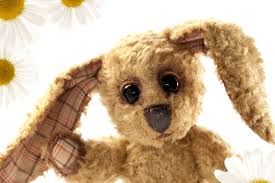September 7, 2018
 I. LONG JOURNEY TO FIND MYSELF: I Used To Be Different, Now I’m The Same
I. LONG JOURNEY TO FIND MYSELF: I Used To Be Different, Now I’m The Same
My parents often said I was a born psychologist.
From as early as I can remember, I felt compelled by the mysteries of consciousness. Inquiring deeply into these questions has been the unifying theme of my life.
My wish to understand the connection between mind and brain led me to a PhD at the University of Michigan, where I studied psychology and psychopharmacology, and then to postdoctoral work in the UCLA Department of Psychiatry.
But as much as I loved what I studied, academia felt too dry and objective to me. I came to recognize that in order to understand the mysteries of awareness, I needed to focus on the inner landscapes of my mind.
Mid-career, I turned my attention to clinical work. I did advanced training in psychoanalysis and Buddhist mindfulness meditation. This professional identity has been a wonderful container for my continued learning over the years and has enabled me to come more and more fully into being as myself.
II. IT TAKES ONE TO KNOW ONE: The Gift of Being Fully Understood
I have always possessed the ability to know intuitively where people are coming from. As a psychotherapist, I can sense what my clients are feeling and can translate those feelings into words for them. More than 30 years of practicing Buddhist meditation has also had a large impact on the way I approach therapy.
My insight and psychoanalytic understanding help me to contextualize and articulate complicated feelings and emotions. It supports my ability to be an unwavering and emotionally attuned anchor in guiding others through difficult life experiences.
Bottom line, I believe that the ability to Identify what you are feeling is the first step in self-understanding. And, I believe that therapeutic empathy is the most important factor in the healing of psychological wounds.
III. LIFELONG STUDENT OF THE MIND: I teach, therefore I learn
My work as a clinical psychologist was greatly enriched by the decade I spent as an Associate Professor at the California School of Professional Psychology where I taught psychology graduate students. Developing and implementing advanced curriculum sharpened my clinical prowess and enhanced my understanding of how to work with clients.
I absorbed as much from my students as hopefully they did from me. I also realized that teaching and learning are two sides of one coin.
Years of teaching has paid off regarding the psycho-educational dimension of my clinical work. My ability to explain concepts in simple terms helps clients understand the process they are engaged in.
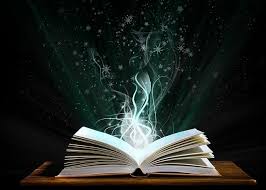

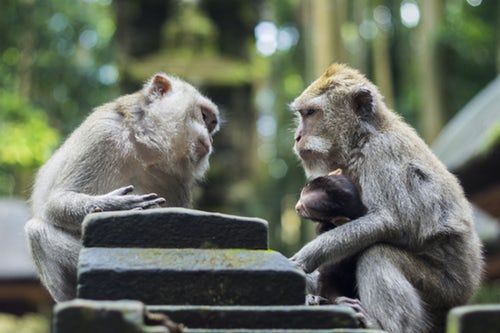 The “relational moment” can be defined as the felt sense of being-with a particular someone on a particular occasion. The ability to be-with is an inborn mammalian capacity for relational connection. (Every pet owner can attest to this). There is a layer of non-verbal relational knowing which exists prior to and underneath our higher mental capacities. It is this innate capacity that allows us to know what is happening when we walk into a room and get the vibe of the situation.
The “relational moment” can be defined as the felt sense of being-with a particular someone on a particular occasion. The ability to be-with is an inborn mammalian capacity for relational connection. (Every pet owner can attest to this). There is a layer of non-verbal relational knowing which exists prior to and underneath our higher mental capacities. It is this innate capacity that allows us to know what is happening when we walk into a room and get the vibe of the situation.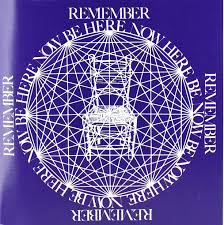
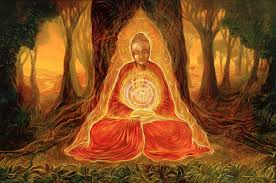

 I. LONG JOURNEY TO FIND MYSELF: I Used To Be Different, Now I’m The Same
I. LONG JOURNEY TO FIND MYSELF: I Used To Be Different, Now I’m The Same


